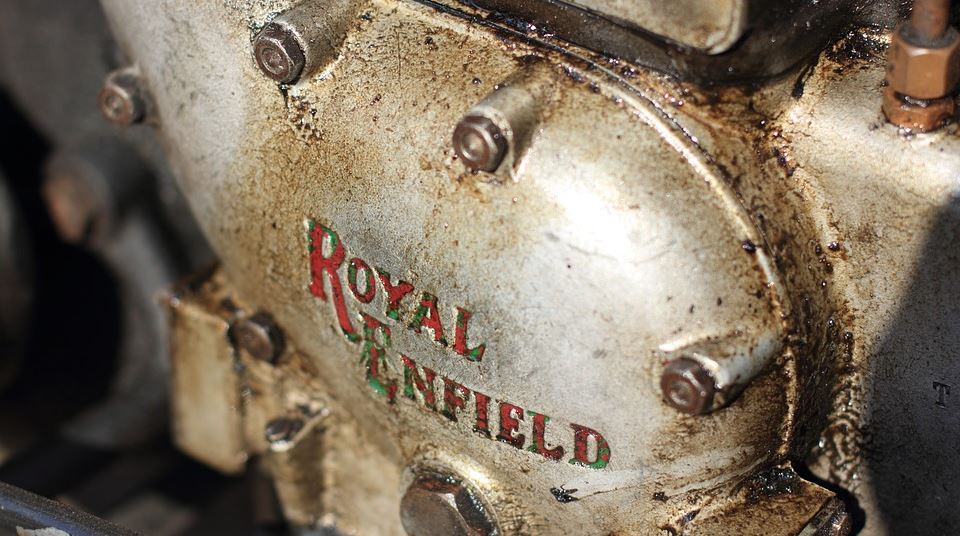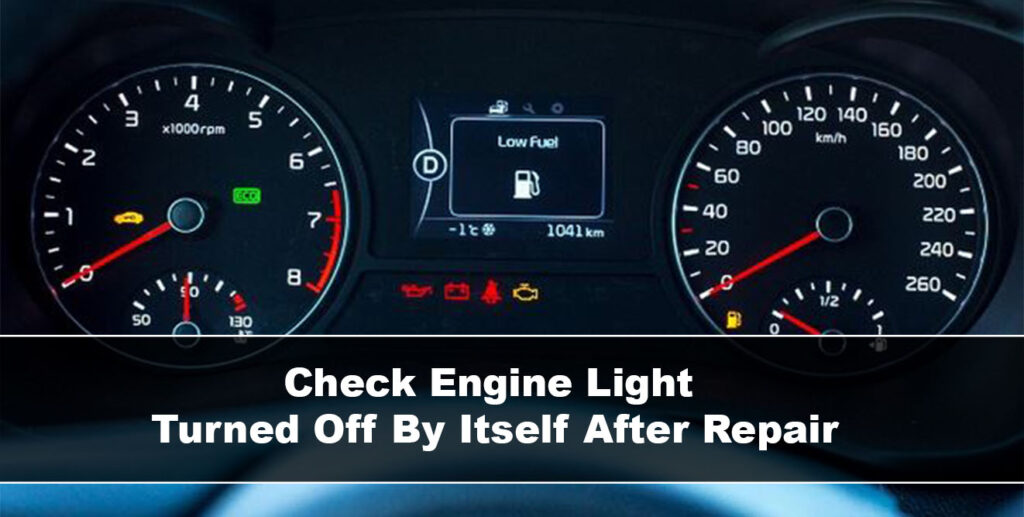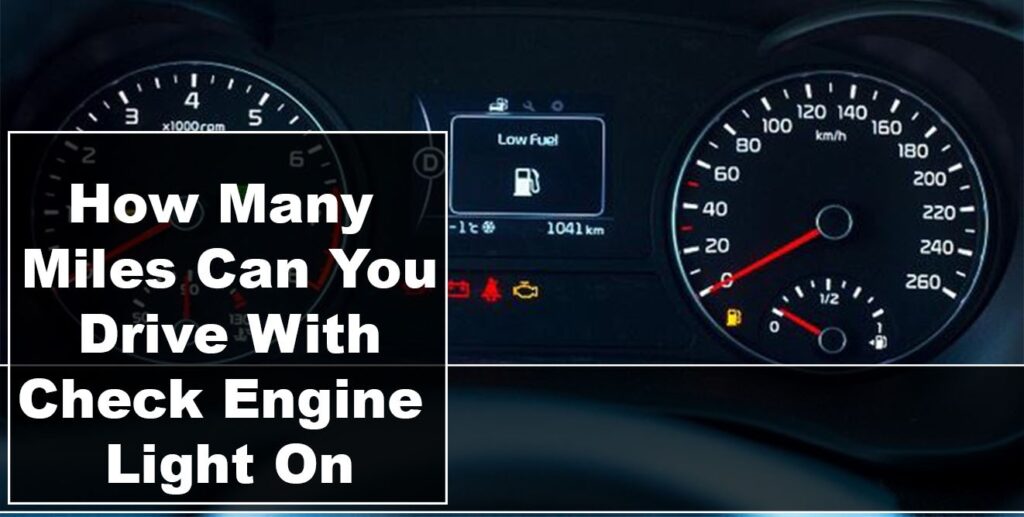Last updated on January 14th, 2023 at 10:12 am
When you notice the check engine and trac off light on your car dashboard, the first thing that comes to mind is: why is my check engine and trac off light on? And I am sure that is why you reading the post. Well, in addition a why is trac off and check engine light that may come up on your car, I will as well address the following questions: does traction control make your car shake, does traction control have anything to do with transmission, does traction control affect speed, lastly, does traction control reduced engine power?
why is my check engine and trac off light on
The TRAC off light is a warning indicator on your car’s dash that illuminates when the traction control system has been disengaged. The system is designed to help your car maintain traction on slippery surfaces by automatically applying the brakes and reducing engine power when it detects wheel slip.
When this light is illuminated, the driver will have less assistance from the traction control system and need more caution while driving. In some cases, the TRAC off light may come on due to a problem with the traction control system itself.
There are a few reasons why the TRAC off light might come on while you’re driving. You may manually press the button to turn off the traction control system. This can be useful if you’re driving in snow or mud and need more power to get through tough terrain.
Another reason why the TRAC off light might come on is that there’s an issue with one of the sensors in the system. If a sensor isn’t working properly, it could cause false readings that would lead to the system being turned off automatically as a safety precaution.
Pay attention to the TRAC off light because it can indicate serious problems with your vehicle’s braking or stability systems.
Does traction control make your car shake?
Yes, it does. Traction control can make your car shake. This is because when traction control is engaged, it is constantly trying to keep your wheels from slipping. If your wheels do slip, the traction control system will work to correct it by applying brake pressure or reducing engine power.
Traction control is a system that helps your car maintain traction on the road. It does this by monitoring the speed of each wheel and applying brakes to individual wheels when necessary. This can help prevent your car from skidding or slipping on wet or icy roads.
However, some drivers have reported that their cars shake when traction control is constantly engaging and disengaging. This shaking can be caused by several factors, including uneven tire wear, improper alignment, and loose suspension components.
If your car is shaking while using traction control, it’s important to have it checked out by a mechanic to ensure that there isn’t anything seriously wrong with your vehicle.
Is there any connection between traction control and transmission?
There is no definitive answer to this question, as it depends on the specific vehicle in question. Traction control, on the other hand, has nothing to do with transmission. Traction control is a system that helps prevent wheels from slipping, and it can be used in conjunction with ABS (the anti-lock brake system) to help keep the vehicle under control. The transmission, on the other hand, is responsible for transferring power from the engine to the wheels.
With the Traction control ON, it helps drivers maintain traction on the road. Moreover, it can be used in conjunction with electronic stability control to help prevent skidding and loss of control. In some cases, traction control can even help prevent wheel spin.
Does traction control affect speed?
Yes, when the traction is engaged, the speed level reduces. The primary function of the traction control is to help a vehicle maintain traction with the road surface. It does this by monitoring the speed of each wheel and reducing power to the wheels that are slipping. This can help prevent skidding and loss of control, especially on slippery surfaces.
While traction control can help improve safety, it can also affect performance. In particular, it can reduce acceleration and top speed. This is because the system is constantly monitoring wheel speed and intervening when necessary, which uses up some power that could otherwise be used for acceleration.
Additionally, some drivers find traction control difficult to get their car around corners at high speeds; this is because the system may intervene when one or more wheels start to slip during hard cornering.
Overall, while traction control offers many safety benefits, it also has some drawbacks in terms of performance. Drivers who are looking for maximum acceleration and top speed may want to turn off their traction control system (if possible) or choose a vehicle without this feature.
Does traction control reduce engine power?
Traction control can reduce engine power if it senses that the wheels are slipping. This can help prevent the wheels from spinning and losing traction. In some cases, it may also activate the brakes to help slow down the vehicle and keep it under control.
When the traction control is activated, it prevents the car from skidding off the road in slippery conditions. It does this by reducing engine power when it detects that one or more wheels are slipping.
This can be helpful in preventing a skid, but it also means that the car will not accelerate as quickly as it would without traction control. Some drivers find this annoying, while others appreciate the extra safety margin it provides.
While traction control can help improve safety, it can also reduce engine power. This can make it difficult to accelerate, particularly on slippery surfaces. It can also cause the vehicle to feel sluggish overall. For these reasons, many drivers disable traction control when driving in conditions where they need maximum power, such as off-road or deep snow.
In general, traction control systems work by reducing engine power when wheel slip is detected. Doing so reduces the amount of torque going to the wheels, which limits wheel spin.
Conclusion
Your check engine light and TRAC off light may illuminate for a variety of reasons. It could be something as simple as a loose gas cap or something more serious like an engine misfire.If the problem is with the TRAC system, it may need to be reset by your mechanic. The same way, if the check engine light is on, you should take your car to a mechanic to have it diagnosed and repaired.

Uchenna is a Radiographer and Auto parts mechanic who recently got his automotive diploma as an auto repair technician, and since then, has worked on fixing various car problems.
Working as just a radiographer, Uchenna didn’t just get all the fulfillment he desired, because he truly loved doing things tilted toward cars. As a kid, he would take apart his toy cars to see how they worked and would spend hours tinkering with his bike.
So, in 2017 he made the tough decision to become an auto mechanic. He threw himself into his studies and now loves every aspect of what he does.
He gets to work with his hands, solving problems and bringing cars back to life, and sharing his knowledge and easy quick-fix guide online are all part of what makes him feel fulfilled.




